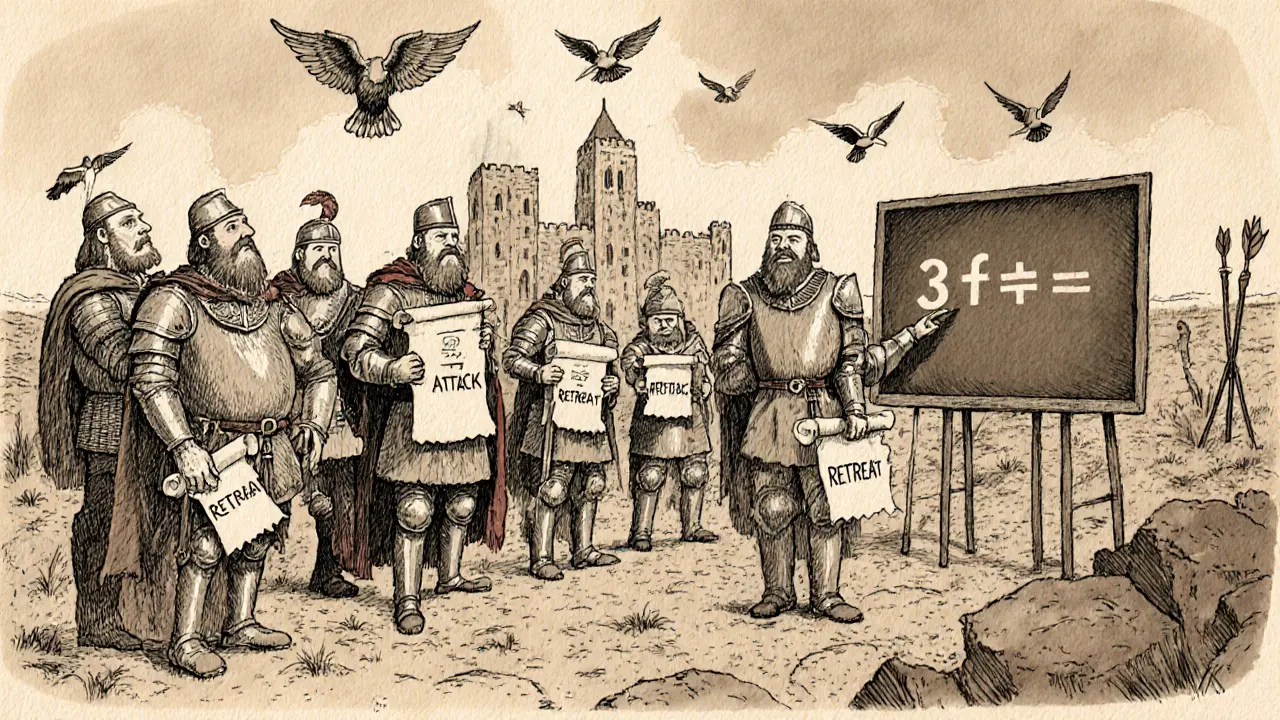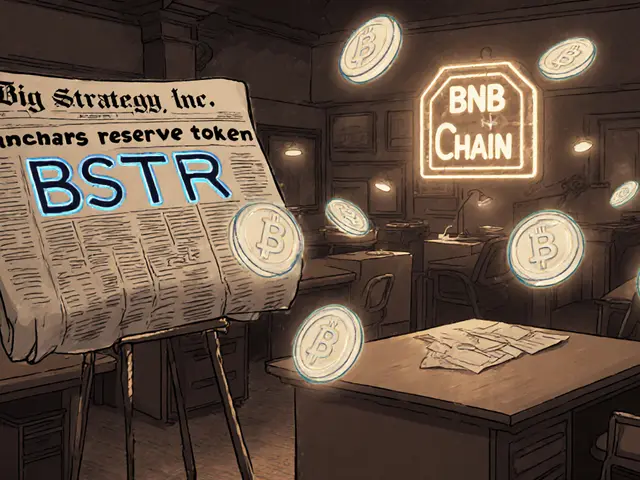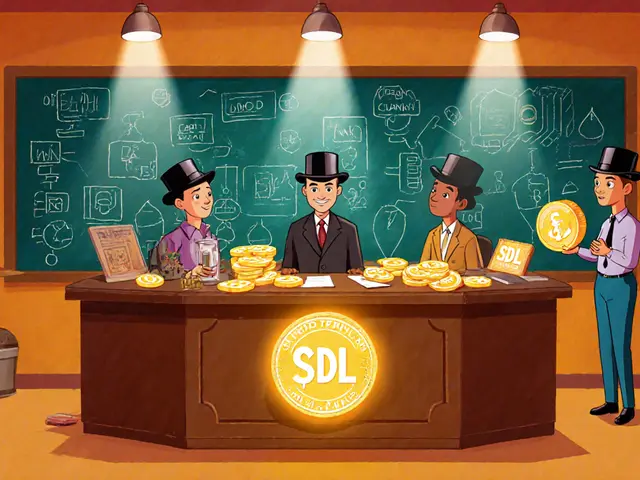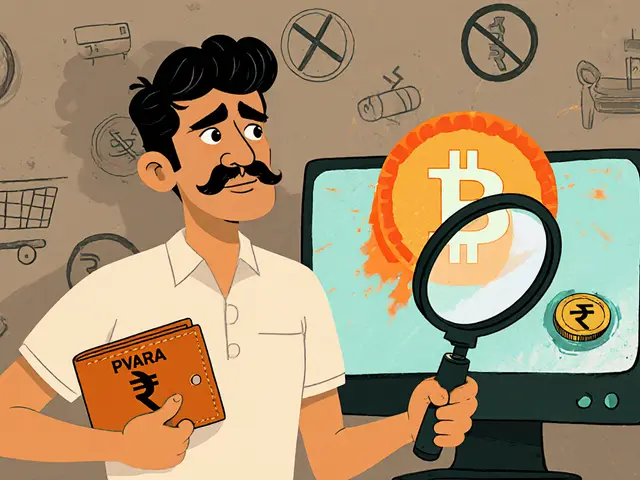Blockchain Consensus: How Networks Agree on Truth Without Central Control
When you send Bitcoin or swap tokens on Uniswap, no single company checks if the transaction is real. Instead, blockchain consensus, the system that lets distributed computers agree on one version of truth. Also known as distributed consensus, it’s what stops people from spending the same coin twice—without a bank. This isn’t magic. It’s code, economics, and network rules working together to make trust automatic.
Two main types of proof of work, the original method used by Bitcoin where miners solve hard math puzzles to add blocks and proof of stake, where validators lock up their own crypto to verify transactions dominate today. Proof of work uses massive electricity—like in ASIC mining rigs—but it’s battle-tested. Proof of stake is leaner, used by Ethereum and Chainlink’s stLINK, and cuts energy use by over 99%. Both are ways to make cheating too expensive to be worth it. If you try to fake a transaction in a proof of stake system, you lose your staked tokens. In proof of work, you waste your hardware and electricity.
These systems don’t just secure coins—they enable everything else. DeFi lending, cross-chain swaps, airdrops like the Base BRW reward, and even no-KYC exchanges like Swapr all rely on consensus to know what’s real. If the network can’t agree on who owns what, none of it works. That’s why Cellana’s ve(3,3) model or Stake.link’s liquid staking only make sense if the underlying consensus is rock solid. You can’t build trust on top of a broken foundation.
What you’ll find below are real-world examples of how consensus shapes crypto. From the energy costs of mining to how new Layer 2 chains like Blast keep things secure, these posts show you what actually happens when machines need to agree—without anyone in charge.
The Byzantine Generals Problem explains how distributed systems like blockchain reach agreement when some participants may lie. Bitcoin and Ethereum solved it with economic incentives and proof-of-stake, making decentralized networks secure without central control.
Continue reading





